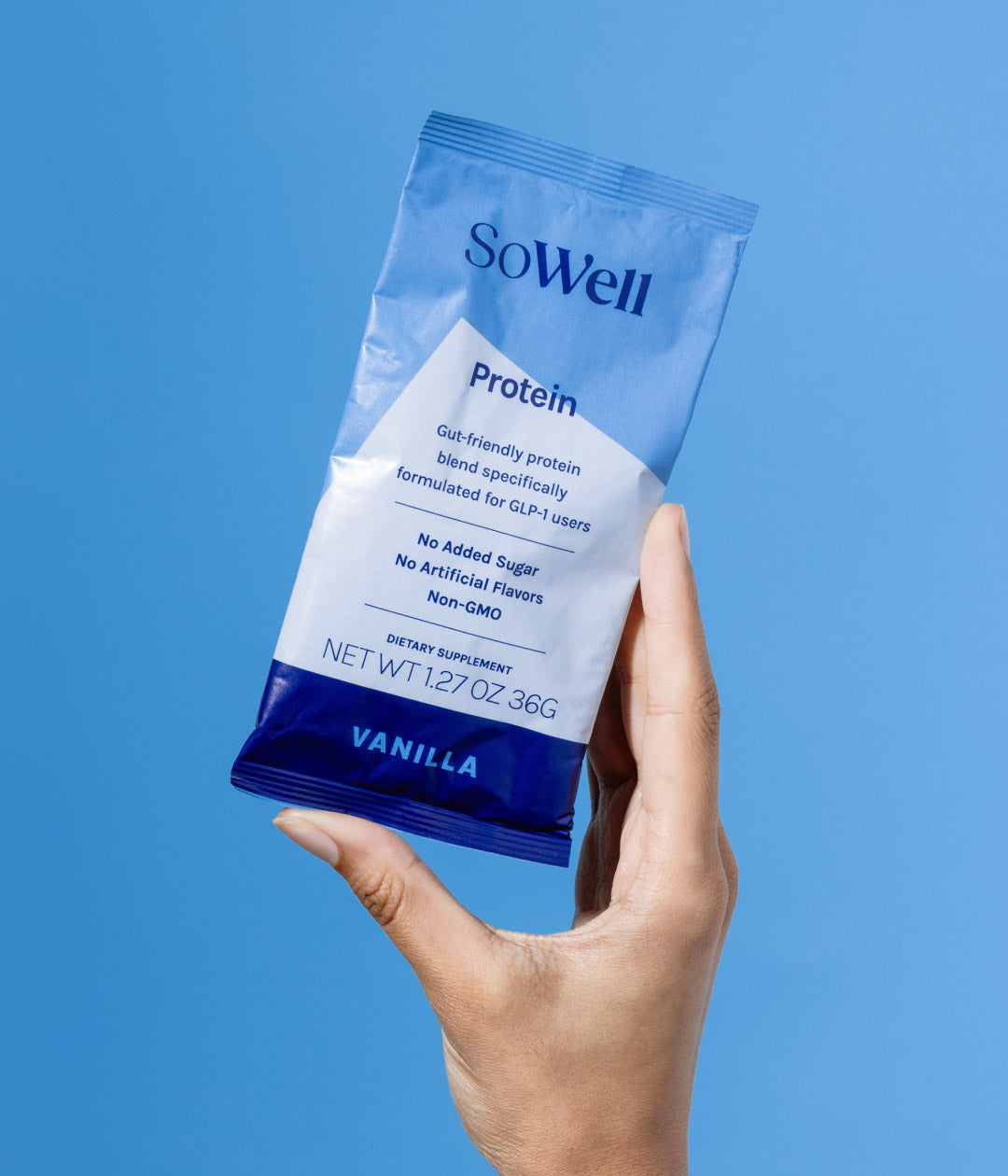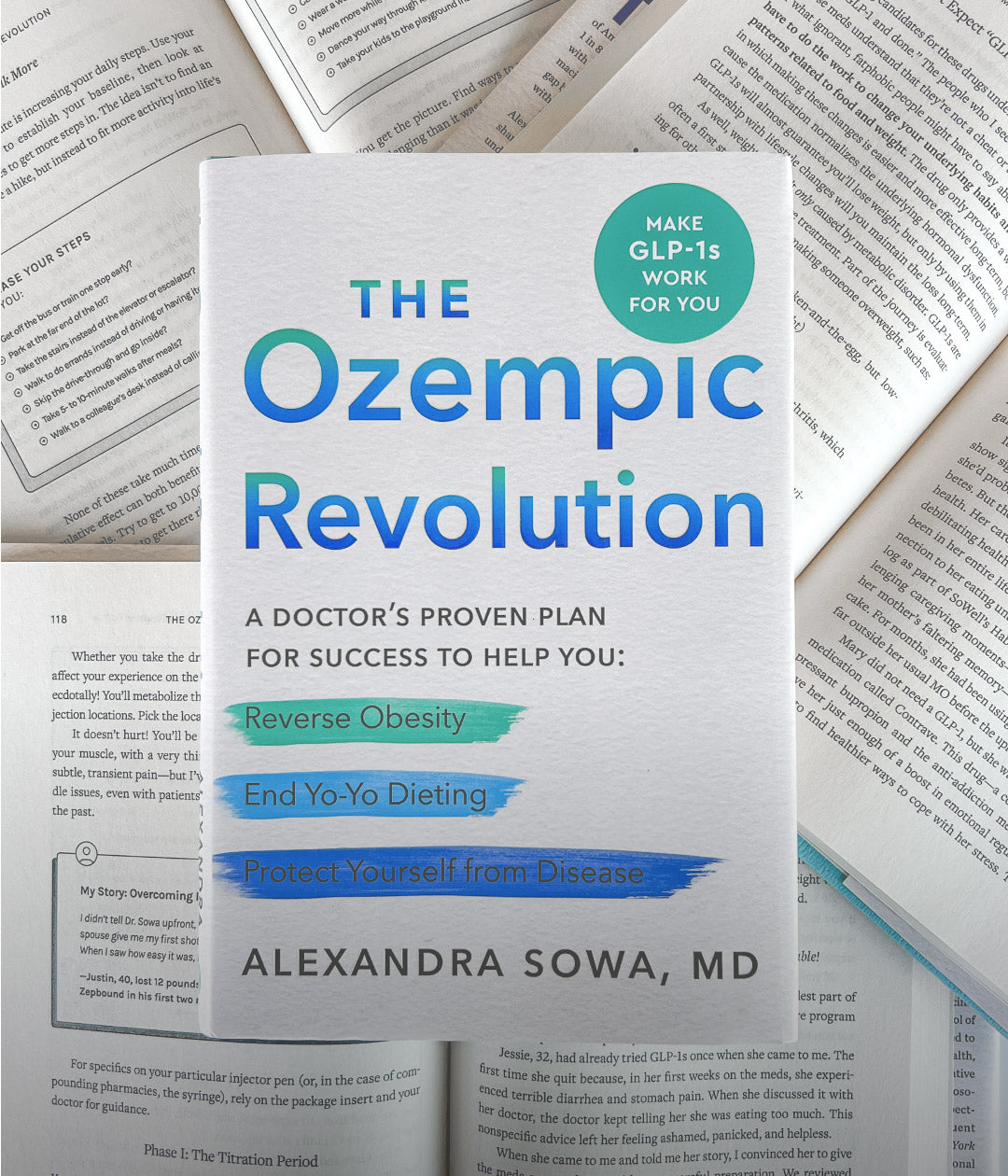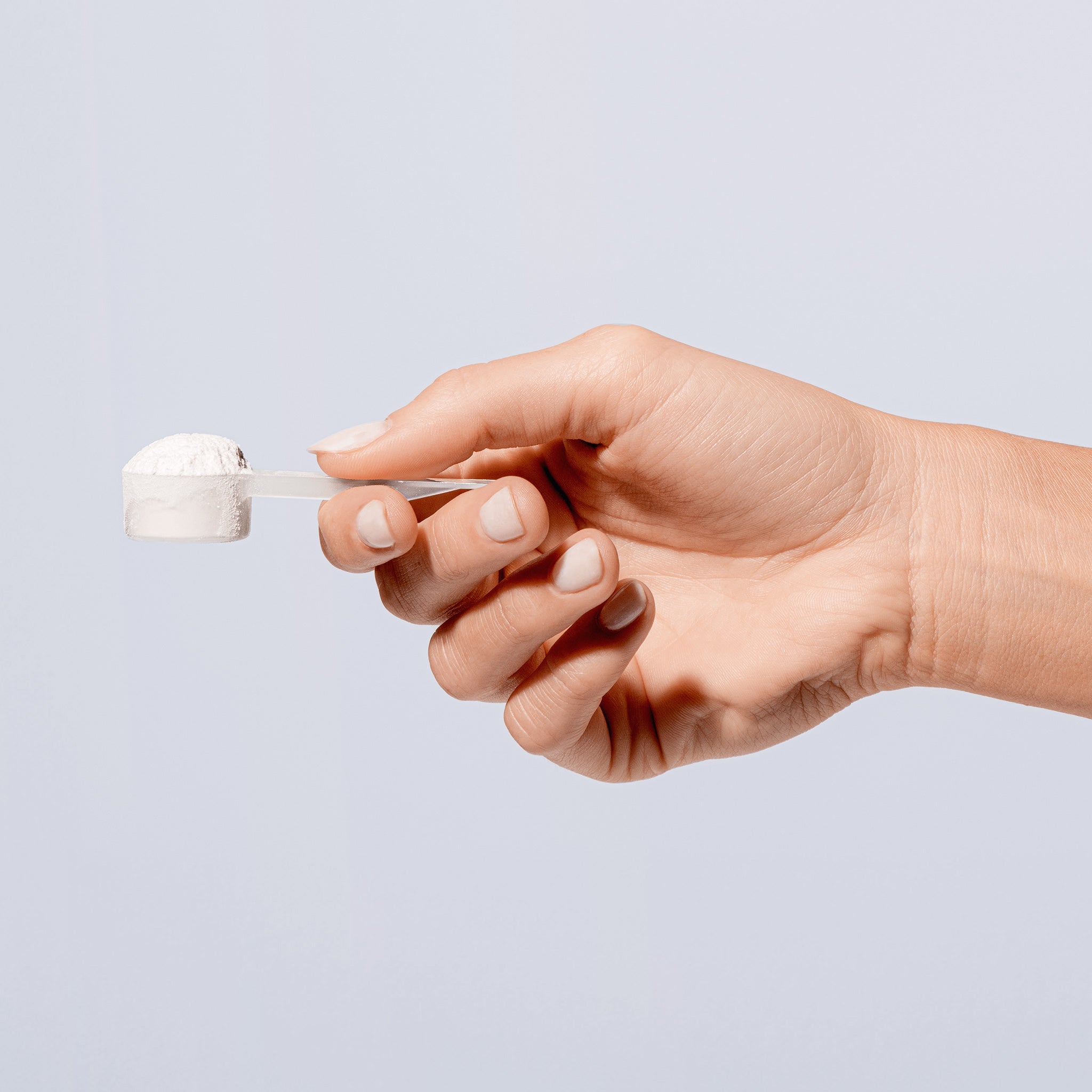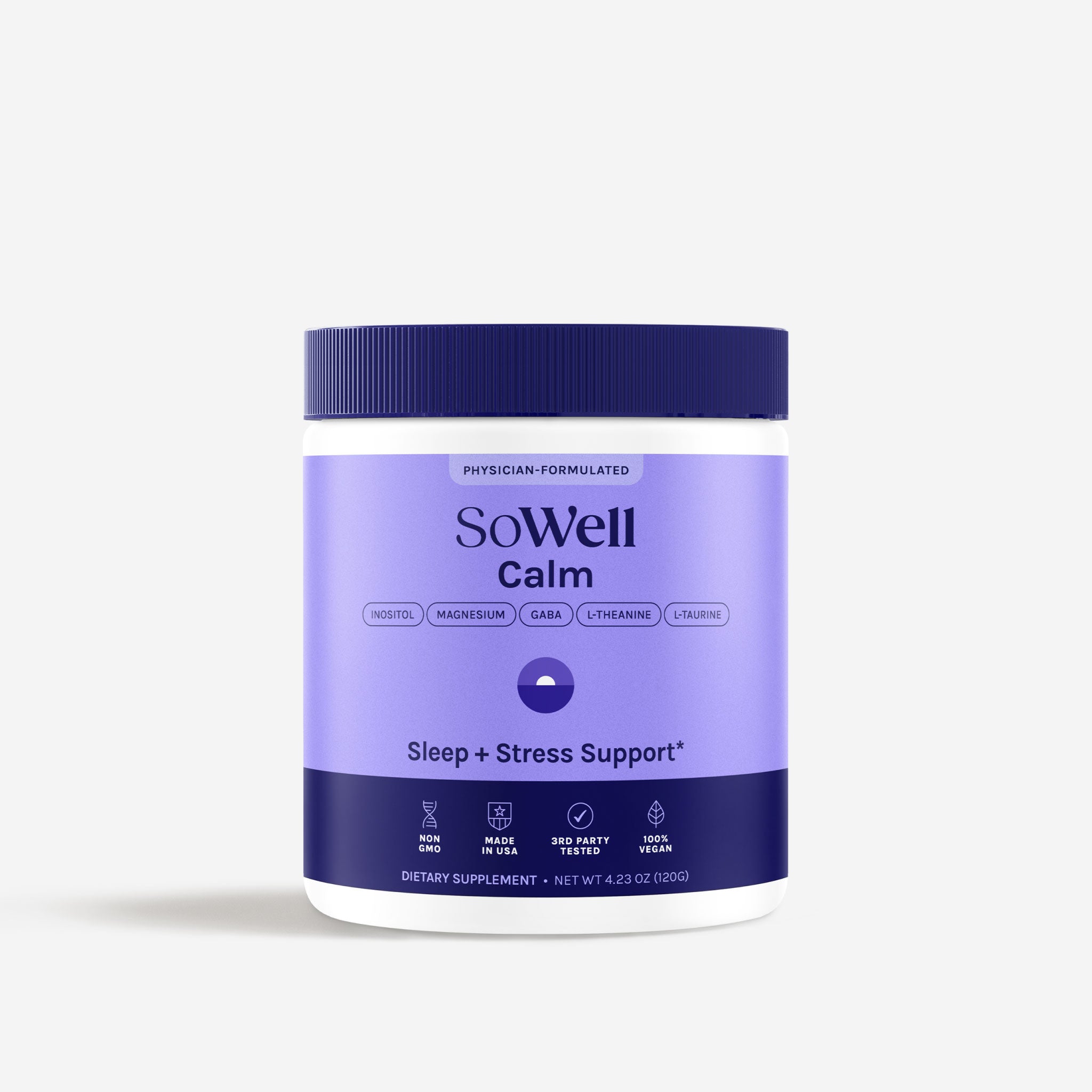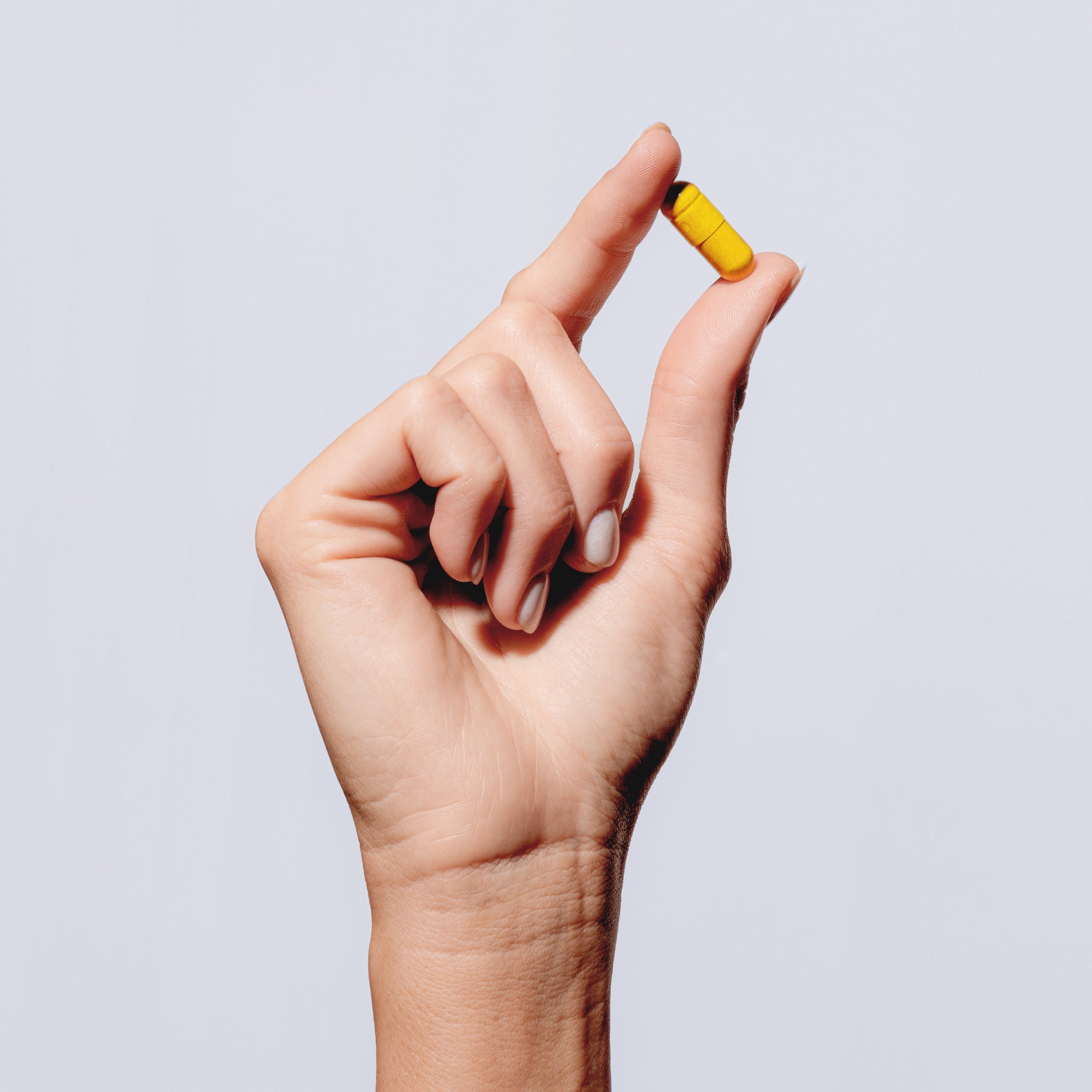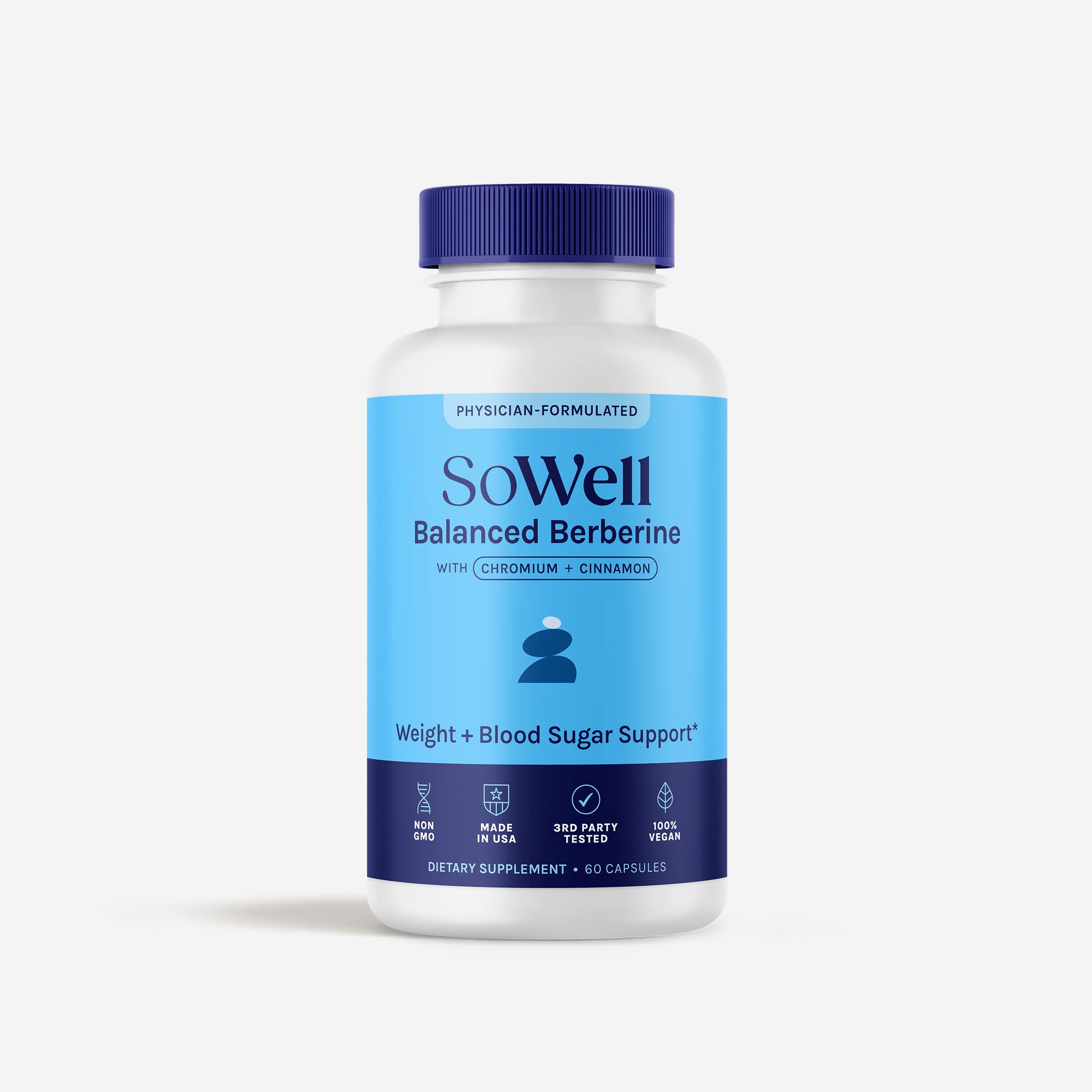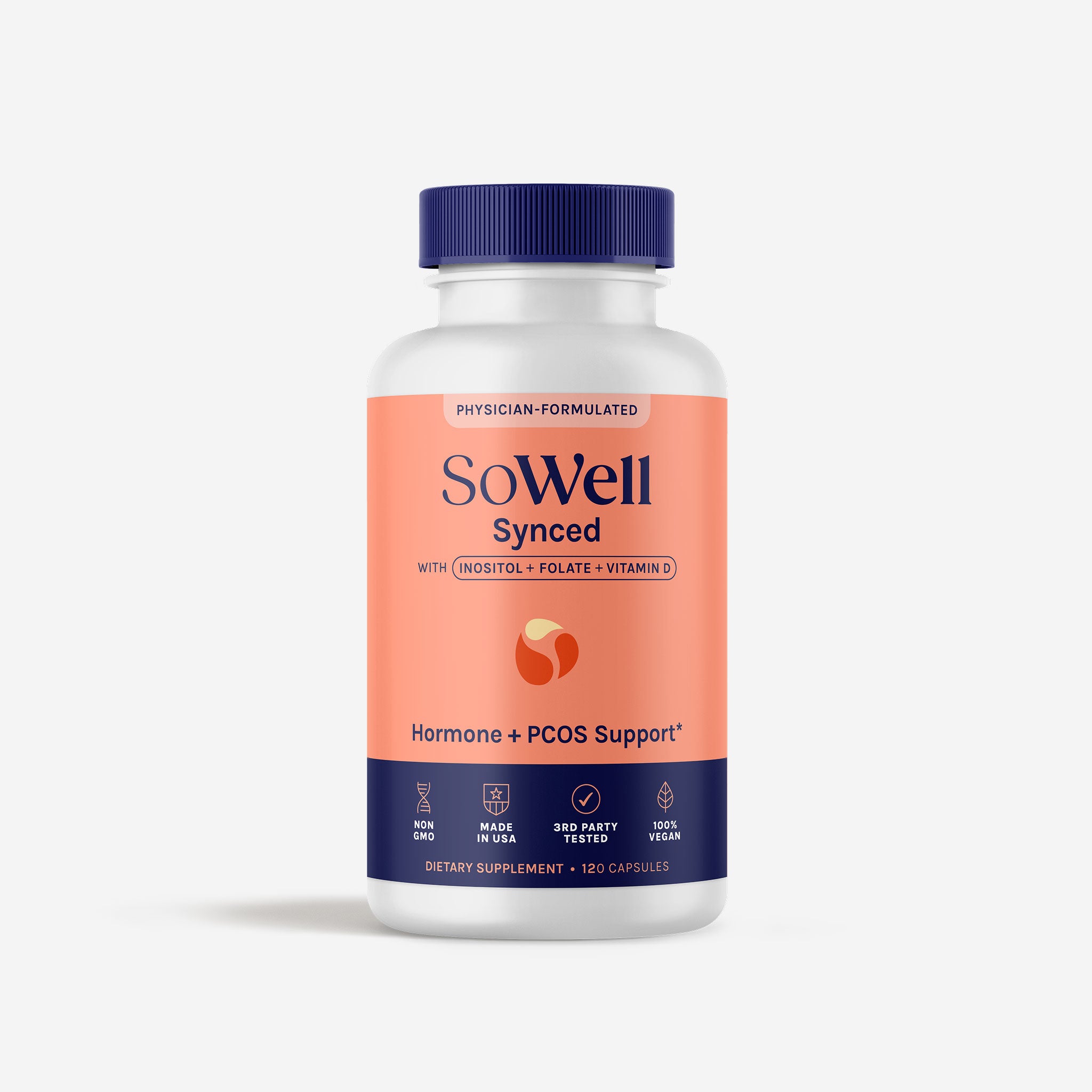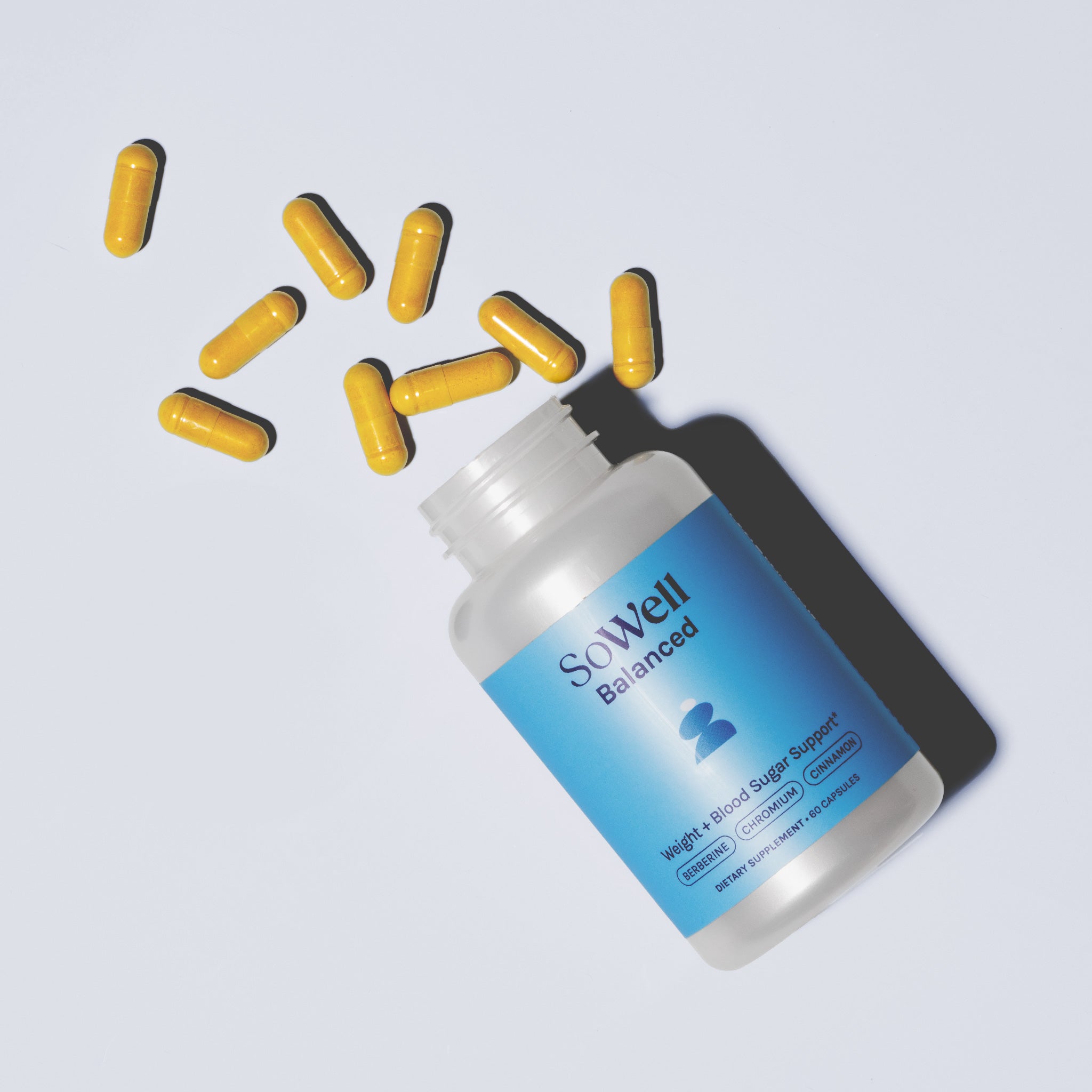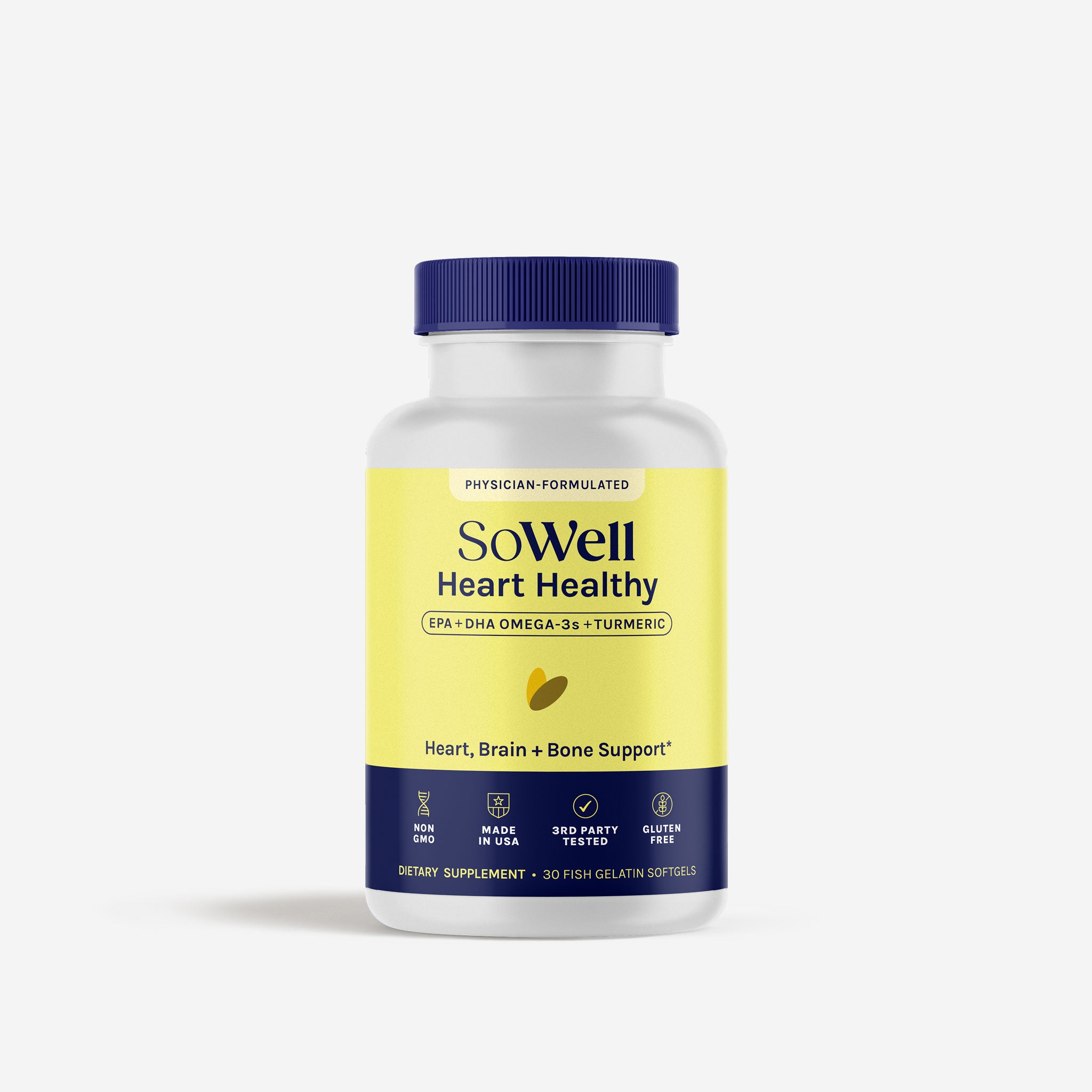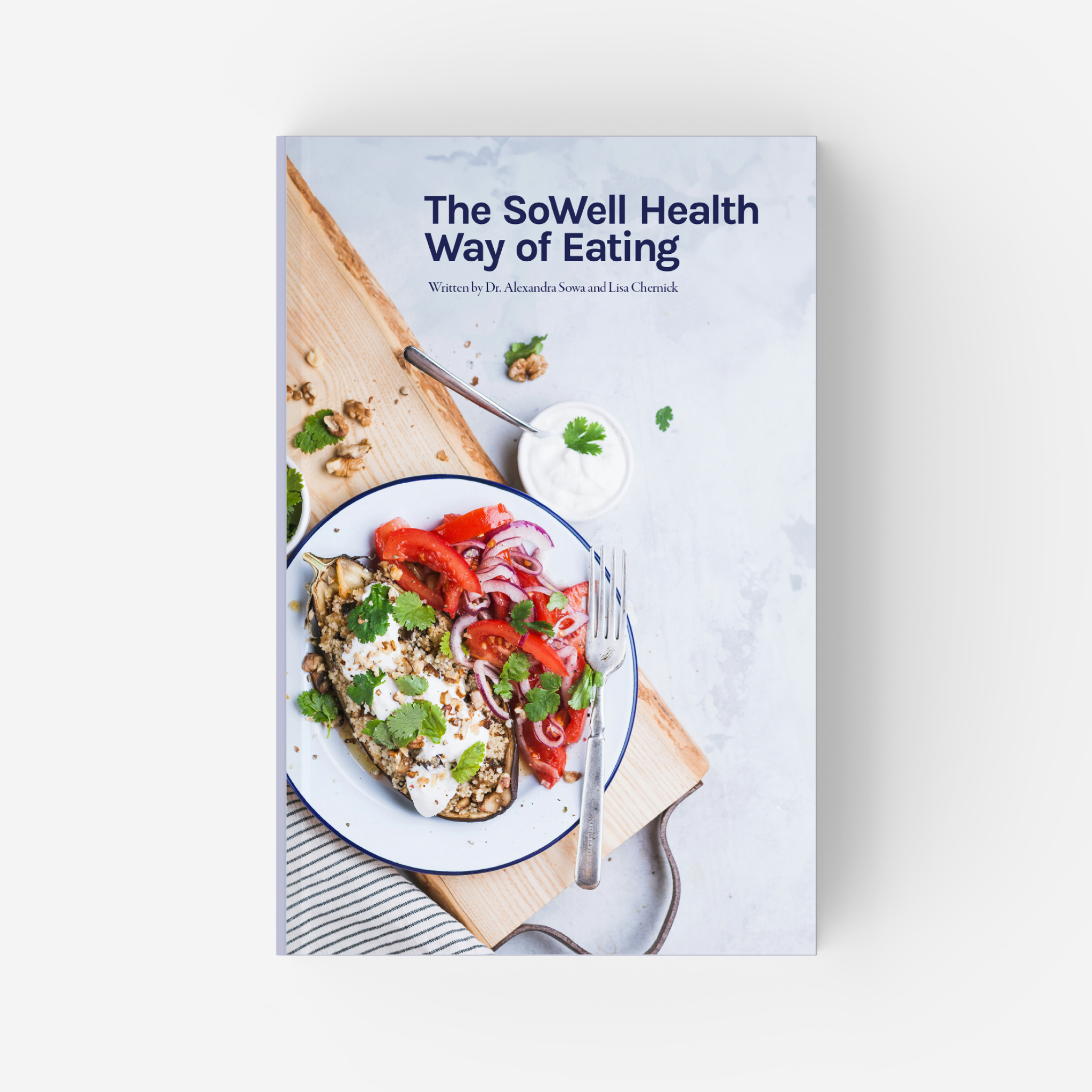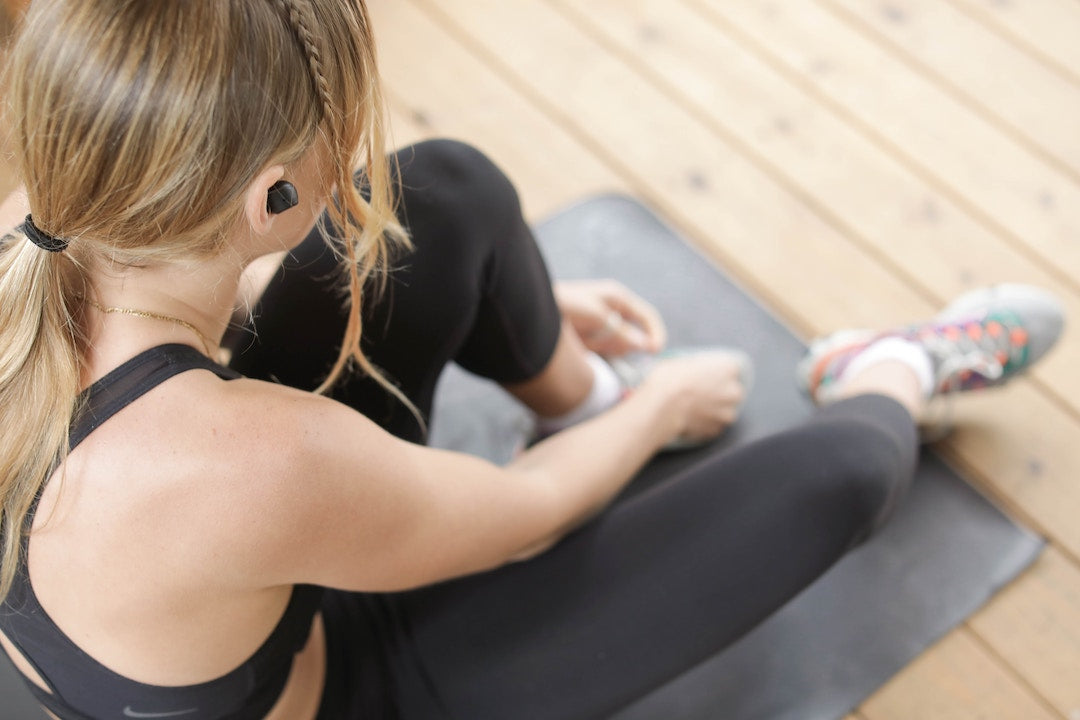
A healthy diet that supports hormonal balance is at the top of the list of lifestyle changes to improve symptoms of polycystic ovary syndrome (PCOS). Physical activity is a close second.
Regular exercise may sound impossible if you’re dealing with symptoms of this hormonal disorder. We promise that a smart, effective PCOS workout routine is one of the best ways to reduce PCOS symptoms and boost overall wellness.
How Women With PCOS Benefit From Working Out
PCOS affects the levels of androgens, (male hormones), in the body. Excess androgens can cause excessive hair growth, irregular menstrual cycles, and insulin resistance.
Changes in insulin sensitivity can disrupt your metabolism and cause weight gain over time. Weight gain and obesity worsen symptoms of PCOS and increase your risk for chronic conditions. Everything is connected with PCOS, and it starts with your hormones. Exercise can help.
Hormonal Balance
PCOS can affect ovulation and menstrual cycles. For women who wish to become pregnant, that can mean infertility. Exercise may lead to improved fertility rates in women with PCOS thanks to its effects on insulin sensitivity, estrogen levels, and fatigue.
Improved Mood
Women with PCOS are at higher risk for anxiety, depression, and other mood disorders. Regular exercise can make it easier to regulate your mood thanks to the chemical effect it has on the body. When you exercise, you get a boost of endorphins, a happy hormone.
Better Sleep
Women with PCOS are more likely to suffer from disorders like sleep apnea. Physical activity may combat insomnia symptoms and support higher-quality sleep. Regular exercise can also help you fall asleep faster, especially if you’re into evening workouts.
Weight Maintenance
It can be hard to lose weight with PCOS. Combined with a healthy diet, regular exercise can help you get to a healthy BMI and stay there, even with PCOS. If you’ve done both and are still struggling to maintain a healthy weight, there may be other factors at play.
Our Weight Biology Kit at SoWell tests 8 key biomarkers that play parts in weight loss like metabolic rate and blood sugar levels. In 5 days or less, you can get a complete picture of your metabolic health and any potential obstacles standing in the way of your progress.
Better Insulin Resistance
Exercise is a common recommendation for patients with type 2 diabetes because of its effects on insulin resistance. Even short-term commitments to exercise lead to improved insulin sensitivity, but it’s when you keep it up that you see long-term effects on insulin levels.
Reduced Risk of Cardiovascular Disease
Women with PCOS are at a higher risk of cardiovascular disease and risk factors for heart attack and stroke. That includes high cholesterol, high blood pressure, and metabolic syndromes like type 2 diabetes.
Regular exercise is linked to lower cholesterol, low blood pressure, and improved heart disease outcomes in all adults, even those without PCOS. That doesn’t just mean improved PCOS symptoms. It can mean a longer lifespan.
Consider these types of exercise
The perfect PCOS workout for you depends on your existing habits and your symptoms. It’s also more important to get moving rather than focusing on one type of exercise over another. That said, certain workouts do come with added benefits for women with PCOS.
Cardio/Aerobic Exercise
Cardio exercise is great for your heart, your mood, and your insulin levels.
Choose moderate-intensity activities you know you’ll enjoy that get your heart pumping. If you’re worried about joint health, start with lighter physical exercise like swimming or cycling. You don’t want to overdo it, but short bursts of cardio can have positive effects on insulin sensitivity.
High-Intensity Interval Training (HIIT)
HIIT workouts improve body composition and reduce insulin resistance.
HIIT pairs high-intensity interval work with short recovery periods. Studies show it’s one of the most effective ways to improve insulin resistance in women with PCOS. The level of intensity isn’t for anyone brand new to exercise, though, especially if you have other health conditions.
Interval Training
Interval training reduces insulin resistance and supports strong, healthy muscles.
If you love the idea of interval training but worried about diving into HIIT, you can still enjoy the benefits of varied workouts. The key is listening to your body. Get your heart rate up with bursts of aerobic activity followed by intervals of resistance work for strong muscles.
Strength Training
Strength training reduces chronic pain, supports weight loss, and improves PCOS symptoms.
Strength and resistance training is linked to healthier ovulation and improved insulin resistance. Women with PCOS who incorporate strength training into their routines have lower blood pressure, more balanced hormone levels, and more regular menstrual cycles.
Is lifting weights good for PCOS? Lifting weights is good for PCOS, but resistance bands or using your own body weight are just as good for strong bones and improved muscle mass.
As with any exercise, it’s important to start slow and don’t overdo it. Too much strength training can boost testosterone levels and inflammation.
Mind-Body Exercises
Breath work and mindfulness is good for mental and physical balance.
Women who incorporate mind-body exercises like yoga into their routines may see improvements in their glucose metabolism, cardiovascular health, and anxiety. More moderate exercise, like Pilates, that incorporates core work may help reduce chronic back and pelvic pain.
So, what’s the best way to work out for PCOS?
The best way to work out for PCOS is to find exercises you actually enjoy that suit your fitness level. Interval and strength training may be most effective for long-term PCOS management, but if you’re new to exercise, lower-intensity workouts may be more appropriate.
The key is moving more and making adjustments as you go. Once a workout feels too easy, bump up the intensity for a more efficient workout. Vary how you workout to beat back boredom.
How often should you work out with PCOS?
Women with PCOS should get at least 150 minutes of physical activity per week. That can be spread out with longer workouts, but 20 minutes of daily exercise works, too.
Does overexercise make PCOS worse? Overexercise can make PCOS worse if it causes too much stress on your body. When you overdo it with exercise, you can increase levels of stress hormones like cortisol, suffer from workout burnout, even injure yourself.
It’s more important to start with a form of exercise that feels like a sustainable healthy habit.
When should women with PCOS skip the gym?
Women with severe pelvic pain should not exercise through that pain. While some low-intensity pelvic floor exercises may improve chronic pain, exercise may also exacerbate severe symptoms.
Talk to your doctor if your pelvic pain is bad enough that it interferes with your daily life. It may indicate ruptured cysts or another condition.
Sample Exercise Plans for Beginners
You only need 20 minutes per day to get started on a regular exercise routine. Here are a few examples of efficient and effective PCOS workouts:
- Warm up with a brisk 5-minute walk. Alternate reps of squats, lunges, or resistance band work. Finish up with 5 minutes of stretching.
- Exercise on a spin bike at a high-intensity level for 10 minutes. Follow that with 10 minutes of strengthening exercises targeting one muscle group.
- Put on a 20-minute online yoga class. Vary targeted muscle groups with each class, like your core, shoulders, or hips.
6 Tips for Building Your Workout Routine
It’s important to individualize your PCOS workout routine so it’s not only effective, but sustainable. As you build healthy habits, find ways to commit to your new routine so that you don’t fall victim to the cycle of yo-yo dieting and overexercise. Here are some tips for getting started.
1. Set a goal.
Set measurable, achievable targets to help you get to long-term wellness goals. That may be 20 minutes of lower intensity exercise daily for starters or a morning yoga session twice a week. You can always adjust goals as your body gets used to regular movement.
2. Start slow.
Any exercise routine that results in more movement than you’ve been doing is a good place to start. Brisk walking around the neighborhood counts, especially if you’re a little nervous about going to a gym for the first time. Work your way up from there.
3. Focus on balance.
You don’t need to maximize your workouts every day to see results. That’s a recipe for injury, or in the case of PCOS, worsened symptoms. PCOS can also cause fatigue. Sometimes it’s best to give your body a rest day or do something lower-intensity, like yoga.
4. Mix it up.
The same routine can get monotonous. Create PCOS workout plans that keep you moving and engaged. If you love the idea of blending your social life with exercise, sign up for a group class with a friend. Your workouts will be more consistent when they don’t feel like a chore.
Love an added layer of accountability? SoWell’s Metabolic Health & Weight Loss Jump-Start Program turns weight loss into a group effort. You’ll still get 1:1 medical management with the benefits of shared group coaching.
5. Make some notes.
Make notes about what you’re feeling and progress toward your goals. If a certain type of exercise isn’t working for you, change it up. If you’ve plateaued, you can take that information to your doctor for a closer look at what may be standing in your way.
6. Stick with it!
A lack of motivation for exercise is a common obstacle in PCOS management. It’s easy to give up on lifestyle changes if you’re not seeing the results you want, especially when interventions feel hard.
Do your best to connect your efforts to potential results. Sticking with regular exercise can mean long-term management of your PCOS symptoms. It can mean weight loss, improved mental health, and a longer lifespan. Remind yourself of that when it starts feeling hard.
Looking for help with weight management?
You can live a healthier life with PCOS. You can lose weight with PCOS, too.
At SoWell, we help our patients learn about metabolic factors getting in the way of their goals. We use individualized health plans, group coaching, even supplement supports to come up with your best chance at living better with PCOS.
To learn more about what we do, sign up for our monthly newsletter. You’ll get advice on your hormonal health and actionable steps to feel better today, straight to your inbox.
Sources
- Hakimi, O. & Cameron, L. C. (2017). Effect of exercise on ovulation: a systematic review. Sports Medicine, 47(8), 1555-1567.
- Blay, S. L., Aguiar, J. V., & Passos, I. C. (2016). Polycystic ovary syndrome and mental disorders: a systematic review and exploratory meta-analysis. Neuropsychiatric Disease and Treatment, 12, 2895-2903.
- Mikkelsen, K., Stojanovska, L., Polenakovic, M., et al. (2017). Exercise and mental health. Maturitas, 106, 48-56.
- Banno, M., Harada, Y., Taniguchi, M., et al. (2018). Exercise can improve sleep quality: a systematic review and meta-analysis. PeerJ., 6, e5172.
- Kirwan, J. P., Solomon, T. P., Wojta, D. M., et al. (2009). Effects of 7 days of exercise training on insulin sensitivity and responsiveness in type 2 diabetes mellitus. American Journal of Physiology-Endocrinology and Metabolism, 297(1), E151-6.
- Scicchitano, P., Dentamaro, I., Carbonara, R., et al. (2012). Cardiovascular risk in women with pcos. International Journal of Endocrinology and Metabolism, 10(4), 611-618.
- Nystoriak, M. A. & Bhatnagar, A. (2018). Cardiovascular effects and benefits of exercise. Frontiers in Cardiovascular Medicine, 5, 135.
- Shele, G., Genkil, J., & Speelman, D. (2020). A systematic review of the effects of exercise on hormones in women with polycystic ovary syndrome. Journal of Functional Morphology and Kinesiology, 5(2), 35.
- Almenning, I., Rieber-Mohn, A., Lundgren, K. M., et al. (2015). Effects of high intensity interval training and strength training on metabolic, cardiovascular and hormonal outcomes in women with polycystic ovary syndrome: a pilot study. PLOS One, 10(9), e0138793.
- Wright, P. J., Corbett, C. F., Pinto, B.M., et al. (2021). Resistance training as therapeutic management in women with pcos: what is the evidence? International Journal of Exercise Science, 14(3), 840-854.
- Nindl, B. C., Kraemer, W. J., Gotshalk, L. A., et al. (2001). Testosterone responses after resistance exercise in women: influence of regional fat distribution. International Journal of Sport Nutrition and Exercise Metabolism, 11(4), 451-465.
- Thakur, D., Saurabh Singh, D. S., Tripathi, D. M., et al. (2021). Effect of yoga on polycystic ovarian syndrome: A systematic review. Journal of Bodywork and Movement Therapies, 27, 281-286.
- Brooks, K. & Carter, J. (2013). Overtraining, exercise, and adrenal insufficiency. Journal of Novel Physiotherapy and Rehabilitation, 3(125), 11717.
- Kite, C. Atkinson, L., McGregor, G., et al. (2023). Capability, opportunity, and motivation-identifying constructs for increasing physical activity behaviours in women with polycystic ovary syndrome. International Journal of Environmental Research and Public Health, 20(3), 2309.
